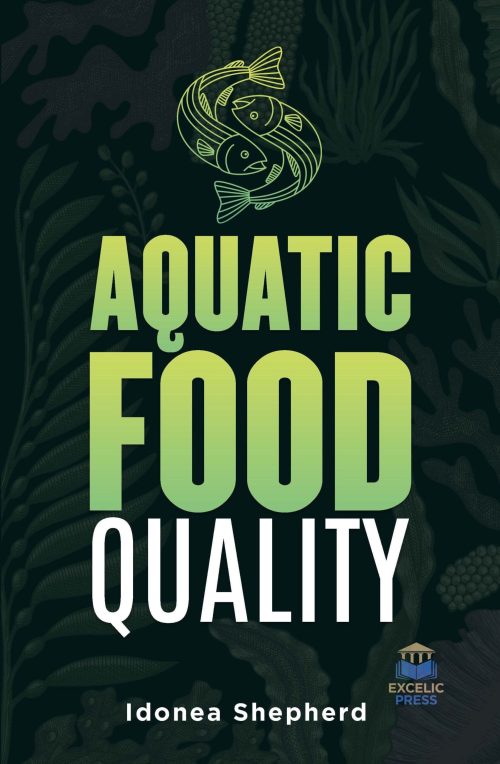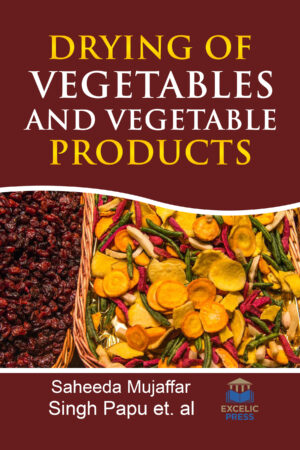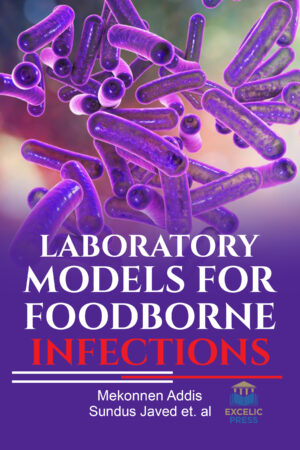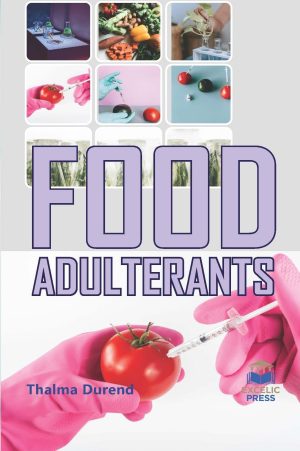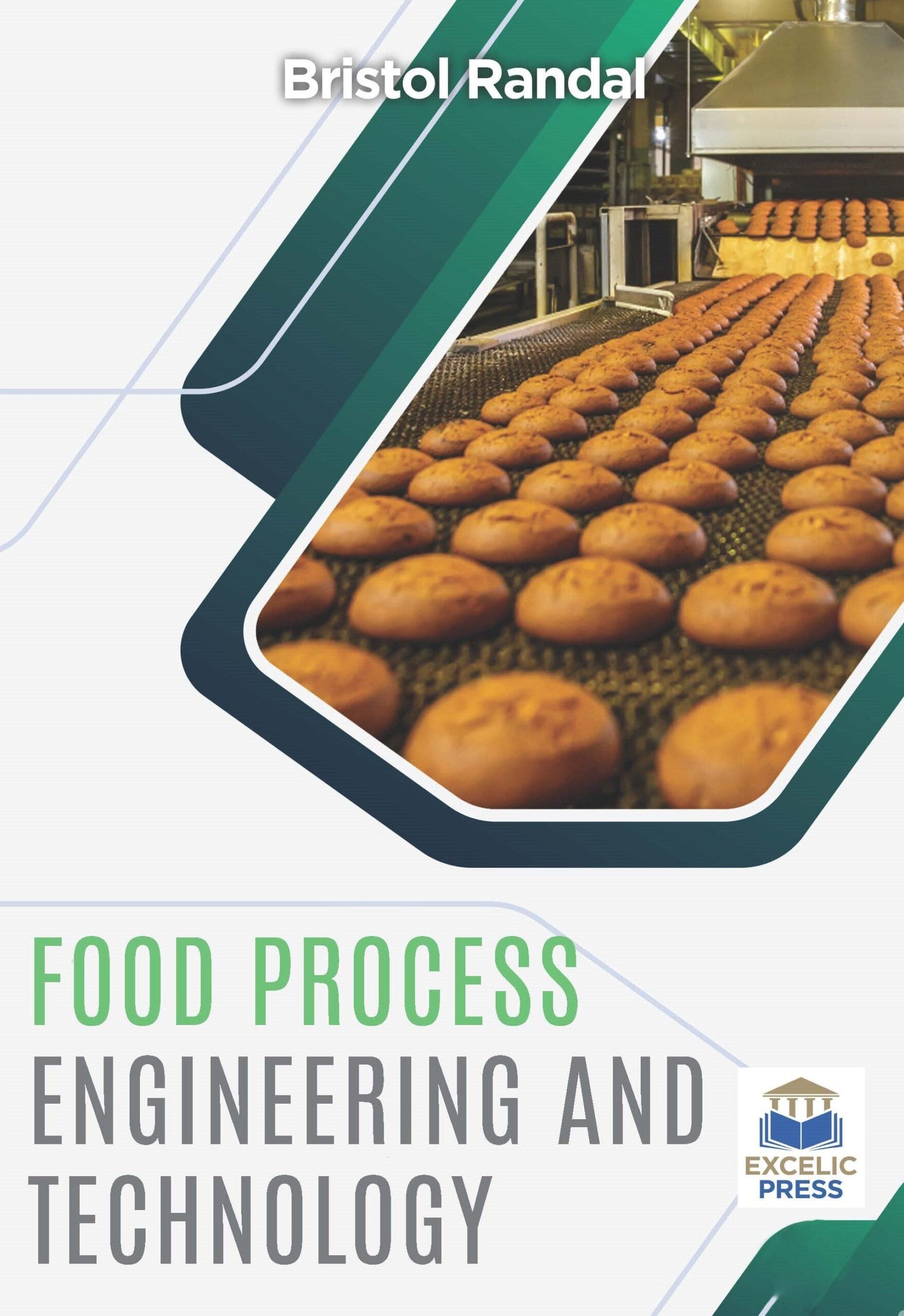Description
The year 2020 was significant in many apparent ways. Still, wider ramifications will be realized as the crisis subsides and the world settles down to rethink what must be done to prevent another deadly outbreak of disease. Though researchers say the food was not solely responsible for the spread of the disease, negligence towards paying attention to the quality of food consumed by millions of people could lead to an undesirable situation. In some cases, new rules, regulations, and controls will have to be brought in, capable of dealing with unrealized gaps in the system. In other instances, existing systems will have to be overhauled for a more efficient one. Some laws and regulations will have to be more stringent, so there should be no case lapse. New laws are still needed at those points, levels of an industry where gaps exist. Aquatic food is a much internationally traded food group. It is difficult to get all countries to sincerely conform to equal rules, especially when many countries involved in the trade are not financially strong.
Contaminated food has a direct relation to disease. Seafood containing harmful minerals, chemicals, and biochemicals can have long-term effects on health. Both wild-capture and farmed seafood are at risk.
Quality of the food consumed should be a standard while consumed by a person’s health should not be affected. Ensuring this is the basic level of quality control.
Therefore, the need for controls at many levels is required; detect spoilage, contamination, or diseased food.
HACCP will be discussed since it is a widely followed system developed to detect quality-related issues earliest in the production and processing line.
Aquatic produce passed through various quality assurance, and it could be consumed with a reasonable peace of mind.

